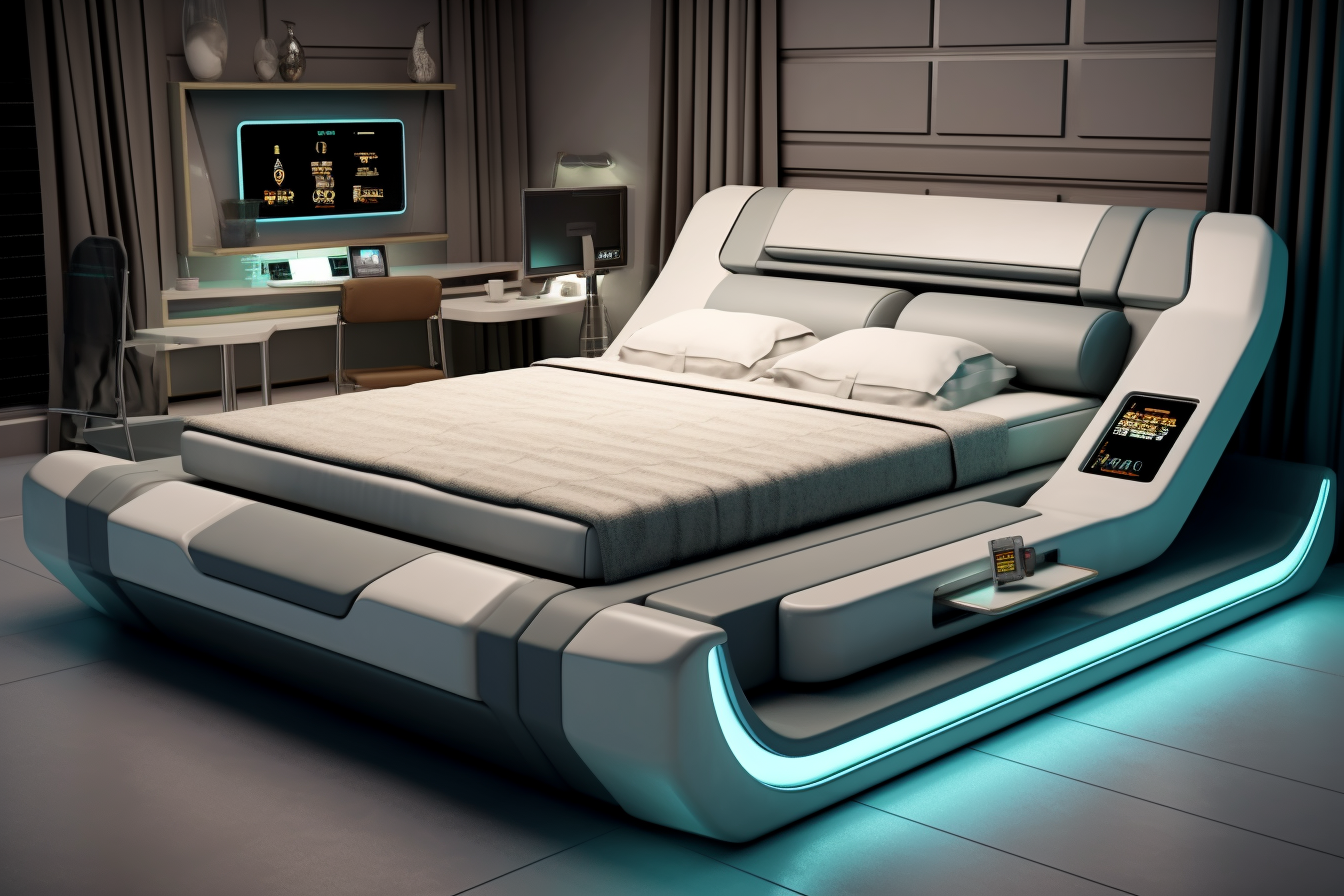Smart Furniture and Home Living: Practical Uses and Design
Smart furniture blends traditional pieces with embedded sensors, actuators, and connectivity to make daily routines easier and spaces more adaptable. This article explains what smart furniture is, how it fits into a smart home, the technology behind it, ways it changes a living space, and whether it suits a home office. Read on for practical, balanced information to help you evaluate options.

What is smart furniture?
Smart furniture refers to chairs, tables, beds, storage, and other items that include electronics or mechanical systems to add functionality beyond basic form. Examples range from sofas with built-in speakers to adjustable desks that remember preferred heights. The goal is to combine ergonomics, convenience, and connectivity so furniture can respond to user needs or environmental triggers. Smart furniture can also integrate with broader home systems to coordinate lighting, climate, and security behaviors.
Smart functionality can be embedded discretely or be the primary feature of a piece. Designers balance aesthetics and wiring, while manufacturers address durability, interoperability, and safety. As with any connected device, privacy and firmware updates matter; choose pieces with clear update policies and standards-based connectivity when possible.
How does smart furniture fit a smart home?
Smart furniture can act as both endpoints and controllers inside a smart home. A bed that communicates sleep metrics can share data with a thermostat to adjust temperature at night. A coffee table with wireless charging and a hub can centralize device management for a living area. Integration options vary: some furniture uses Bluetooth or Wi-Fi to pair directly with phones, while others work through platforms like Matter, Zigbee, or a proprietary hub.
When evaluating integration, check compatibility with voice assistants, security practices, and how data is stored. In multi-device setups, furniture can simplify routines—automatically raising a desk to standing height at a scheduled time or dimming room lights when a media sofa detects movie mode.
What technology powers smart furniture?
Sensors, microcontrollers, motors, and wireless modules are the core technologies in smart furniture. Common sensors include pressure mats, accelerometers, temperature sensors, and heart-rate or respiration sensors for sleep tracking. Microcontrollers process input and control actuators such as motors for adjustable height or reclining mechanisms. Wireless modules (Wi‑Fi, Bluetooth, Thread) enable remote control and cloud connectivity.
Software layers and mobile apps provide user interfaces and automation. Increasingly, manufacturers adopt standard communication protocols to improve compatibility. Battery life, wired power options, mechanical load ratings, and certification for electrical safety are practical details to confirm before purchase.
How can smart furniture improve your living space?
Smart furniture can make a living space more efficient, comfortable, and adaptable to changing needs. Space-saving pieces—like modular sofas with integrated storage, fold-out desks with power ports, or beds that transform into seating—are useful in small apartments. Comfort can be enhanced through climate-responsive materials or sleep systems that adjust firmness and temperature. Accessibility features, such as adjustable heights and voice control, help people with mobility challenges.
However, improvements depend on thoughtful placement and realistic expectations. Not every function is necessary for every household; prioritize features that align with daily routines. Consider durability, repairability, and whether firmware updates will be supported over time to avoid obsolescence.
Is smart furniture useful for a home office?
Smart furniture can be particularly valuable in a home office by improving ergonomics, productivity, and cable management. Height-adjustable desks that store multiple user presets help reduce fatigue and support sit-stand workflows. Desks with integrated power delivery, USB-C ports, and cable channels reduce clutter. Chairs with pressure mapping and lumbar adjustments can help maintain posture during long work sessions.
Beyond ergonomics, smart lighting embedded in desks or shelving can provide task-specific illumination, while sound-dampening features and integrated microphones/speakers facilitate clearer video calls. For remote workers, prioritize stability, warranty, and device compatibility—especially if your setup relies on platform-specific integrations.
Conclusion
Smart furniture brings functional intelligence to everyday pieces, combining hardware and software to adapt to routines, support comfort, and make better use of space. When considering smart furniture, assess compatibility with your existing smart home ecosystem, check the mechanical and electrical specifications, and weigh long-term support for software updates. Thoughtful selection can enhance a living space or home office without sacrificing design or durability.






